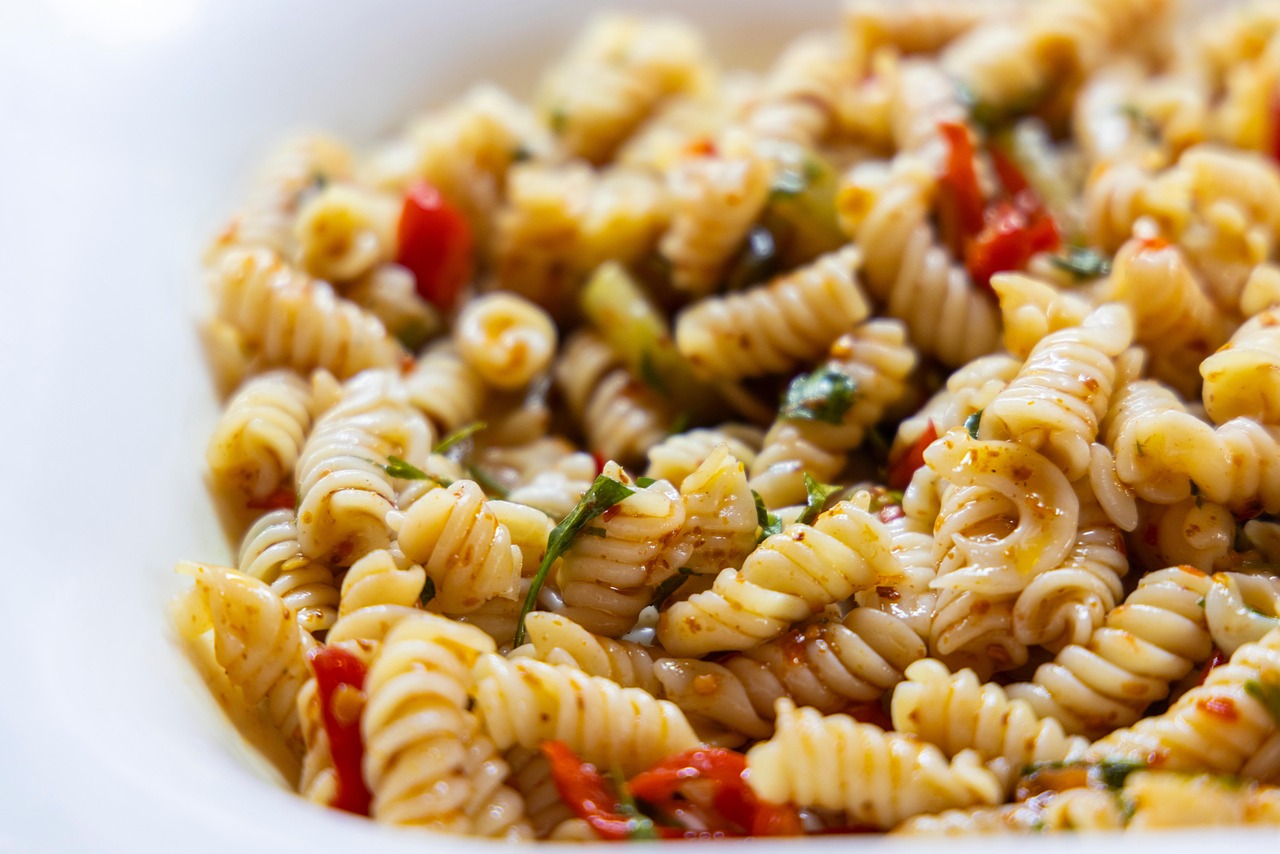Balance health and wellness As the new millennium begins, Americans are waking up to a stark reality: health isn’t just about dodging the flu, and wellness isn’t just about feeling good for a day. With obesity affecting over 30% of adults (per 1999 CDC data), heart disease topping mortality charts, and stress-related ailments on the rise, the year 2000 is a turning point. People are asking deeper questions: What does it mean to be truly healthy? Why does wellness matter? And most critically, why is balancing the two so essential? This 2000-word exploration dives into why health and wellness must coexist—and how their harmony shapes a better life.
Defining the Duo: Health vs. Wellness
First, let’s clarify terms buzzing around in 2000. Balance health and wellness , in the medical sense, is the absence of disease—a body functioning as it should. Think normal blood pressure, a strong heart, and no diabetes. The World Health Organization (WHO) in 1948 called it “a state of complete physical, mental, and social well-being,” but in practice, doctors often focus on the physical: your cholesterol, your X-rays.
Balance health and wellness, though, is broader—a term gaining traction in the late ’90s. It’s the proactive pursuit of vitality, encompassing mind, body, and spirit. Picture eating well not just to avoid sickness but to feel energized, or meditating to quiet a racing mind. By 2000, wellness is popping up in yoga studios, self-help books, and even corporate seminars. Health keeps you alive; wellness makes life worth living. Balancing them? That’s the trick.
The Rising Stakes in 2000
Why does this balance matter now? The numbers tell a story. A 1999 Journal of the American Medical Association report pegged heart disease as the leading killer, linked to poor diet and inactivity. Obesity’s up 50% since the ’80s, fueling diabetes and joint issues. Meanwhile, the American Psychological Association notes stress—tied to jobs, family, and Y2K fallout—spiking doctor visits for anxiety and insomnia. Health’s under siege, and wellness is slipping.
Yet 2000 also brings hope. Fitness crazes like Tae Bo and low-carb diets (hello, Atkins) signal a shift. People want more than survival—they crave thriving. Balancing health and wellness isn’t a luxury; it’s a necessity to counter these trends.
Why Balance Matters: The Big Picture
Here’s why syncing health and wellness is critical in 2000—and beyond.
1. Physical Health Needs a Purpose
A fit body without a fulfilled mind is a hollow victory. Imagine a 40-year-old with perfect bloodwork who dreads waking up. A 1998 American Journal of Public Health study linked chronic stress to heart disease, even in “healthy” people. Balance health and wellness—finding joy, managing stress—protects that physical foundation. Exercise lowers cholesterol, but purpose keeps you lacing up the sneakers.
2. Mental Wellness Boosts Resilience
Conversely, a happy mind in a failing body falters fast. Depression’s rising—10 million Americans were diagnosed in 1999, per the National Institute of Mental Health. But poor health (say, obesity-related fatigue) deepens it. A 1997 Psychosomatic Medicine study found regular exercise cut depressive symptoms by 30%. Health supports wellness; wellness fuels the will to stay healthy.
3. Prevention Beats Cure
In 2000, healthcare costs are soaring—over $1 trillion annually, says the Health Care Financing Administration. Treating disease (think bypass surgery) is pricier than preventing it (think walking daily). A balanced approach—eating well, de-stressing—cuts risks. A 1996 New England Journal of Medicine study showed lifestyle changes slashed heart attack odds by 50%. Health stops sickness; wellness keeps it at bay.
4. Longevity Isn’t Enough
Living to 80 sounds great—life expectancy’s up to 76.5, per 1999 CDC stats—but not if you’re miserable. Wellness adds quality to those years. A 1995 Journal of Gerontology study found active, engaged seniors reported 40% higher life satisfaction. Balance means thriving, not just surviving.
5. Interconnection Rules
Body and mind aren’t separate. A 1999 Science article tied chronic stress to weakened immunity—cortisol, the stress hormone, suppresses white blood cells. Poor diet spikes stress; sleep loss fattens waistlines (a 1998 Sleep study linked it to appetite hormones). Balance health and wellness are a feedback loop—neglect one, and the other crumbles.
How Imbalance Hurts: Real-World Risks
Picture two extremes in 2000:
- Health-Obsessed, Wellness-Starved: Joe, 35, runs marathons and eats kale but works 70-hour weeks. He’s fit—until stress triggers a heart attack. A 1999 Circulation study found overwork doubles cardiac risk.
- Wellness-Focused, Health-Neglected: Sue, 28, meditates daily and loves life but skips exercise and lives on pizza. Her mood’s great—until diabetes hits. Obesity’s a ticking bomb, per 1999 NIH data.
Balance dodges these traps. Joe needs downtime; Sue needs a treadmill. Together, Balance health and wellness cover all bases.
Making Balance Work
So, how do you weave health and wellness into daily life? Here’s a practical plan for the new millennium.
1. Eat for Fuel and Pleasure
Food’s a health cornerstone—cut fat, dodge disease, says the American Heart Association. But wellness demands enjoyment. In 2000:
- Health: 5-9 servings of fruits/veggies daily (1995 USDA guideline), lean protein, whole grains.
- Wellness: Savor a weekly treat—dark chocolate’s hot this year, with antioxidants hyped in Nutrition Reviews (1999). Balance tip: Swap fries for baked potatoes, but don’t demonize dessert.
2. Move Your Body, Lift Your Spirit
Exercise is king in 2000—30 minutes most days, per the Surgeon General’s 1996 report. It trims waistlines and boosts endorphins. Add wellness:
- Health: Walk, jog, or hit the gym.
- Wellness: Dance to *NSYNC or join a hiking club—fun matters. Balance tip: Pair cardio with a friend—heart health meets connection.
3. Rest and Recharge
Sleep’s a health must—7-8 hours, says a 1998 Sleep study, to regulate weight and immunity. Wellness craves mental rest too:
- Health: Stick to a bedtime.
- Wellness: Unwind with a book, not late-night TV (Y2K reruns can wait). Balance tip: Nap 20 minutes if stressed—energy plus calm.
4. Manage Stress, Build Resilience
Stress is 2000’s silent killer—work, tech glitches, life. Health demands control; wellness seeks peace:
- Health: Deep breathing cuts cortisol (1997 Psychosomatic Medicine).
- Wellness: Try yoga—1 million Americans did in 1998, per Yoga Journal. Balance tip: Meditate 10 minutes daily—body relaxes, mind clears.
5. Connect and Reflect
Social ties boost health—a 1999 American Journal of Epidemiology study linked loneliness to heart disease. Wellness thrives on meaning:
- Health: Join a club or call family.
- Wellness: Journal or volunteer—purpose heals. Balance tip: Host a game night—laughter’s medicine.
A Day in Balance
- 7:00 AM: Wake, stretch, eat oatmeal with berries (health) and a coffee you love (wellness).
- 9:00 AM: Walk to work (health), chat with a coworker (wellness).
- 12:00 PM: Grilled chicken salad (health), savor a cookie (wellness).
- 6:00 PM: Gym session (health), playlist blaring (wellness).
- 8:00 PM: Dinner with friends (health + wellness).
- 10:00 PM: Read, sleep by 11 (both).






